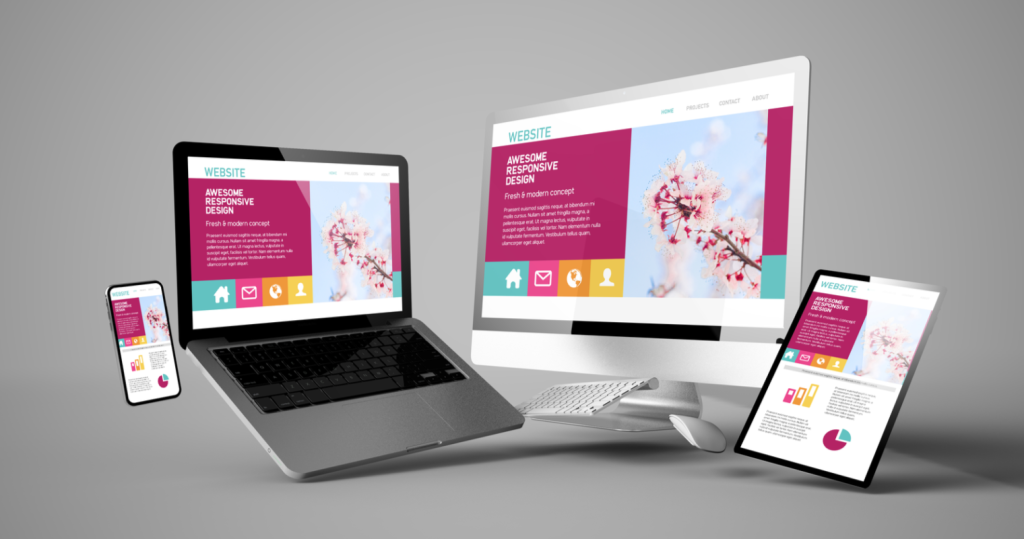The Influence of Culture and Context in Global Web Design Practices
The influence of culture and context on global web design practices is a multifaceted phenomenon that significantly shapes the way websites are created and perceived across different regions and demographics. Cultural norms, values, aesthetics, and technological infrastructure all play pivotal roles in determining the design choices made by web developers and designers worldwide. One of the most apparent manifestations of cultural influence in web design is the use of symbols, colors, and imagery that resonate with specific cultural identities. For example, while red may symbolize good fortune and prosperity in Chinese culture, it may evoke ideas of danger or caution in Western cultures. Likewise, the use of certain symbols or icons can carry different meanings or connotations depending on the cultural context in which they are viewed. Understanding these cultural nuances is crucial for creating web designs that effectively communicate with diverse audiences and resonate with their values and beliefs. Moreover, cultural differences also extend to user experience preferences and expectations.
For instance, while some cultures may prioritize simplicity and minimalism in design, others may prefer more elaborate and ornate layouts. Additionally, factors such as language, reading patterns, and navigation habits vary across cultures and can significantly impact the usability and accessibility of a website. Adapting design elements such as typography, layout structure, and navigation menus to align with cultural preferences is essential for creating a positive user experience and maximizing engagement. Contextual factors, including socio-economic conditions, technological infrastructure, and regulatory frameworks, further shape global web design company practices. In regions with limited internet access or low bandwidth, optimizing web design for faster loading times and compatibility with mobile devices is crucial to reach a wider audience. Similarly, compliance with local regulations regarding data privacy, accessibility standards, and content censorship may require adjustments to the design and functionality of websites operating in different regions.
Furthermore, cultural and contextual considerations influence not only the visual aspects of web design but also the content and messaging conveyed through websites. Effective communication relies on understanding cultural norms regarding language, tone, and etiquette to ensure that content resonates with the target audience and avoids unintended misunderstandings or offenses. Localization efforts, including translation services and culturally relevant content adaptation, are essential for creating a personalized and immersive web experience that fosters trust and engagement. The influence of culture and context in global web design practices underscores the importance of cultural sensitivity, user-centric design, and adaptability in creating successful websites for diverse audiences worldwide. By incorporating cultural insights and contextual understanding into the design process, web developers and designers can create experiences that transcend linguistic and geographical boundaries, fostering connections and driving meaningful interactions in the digital age.

